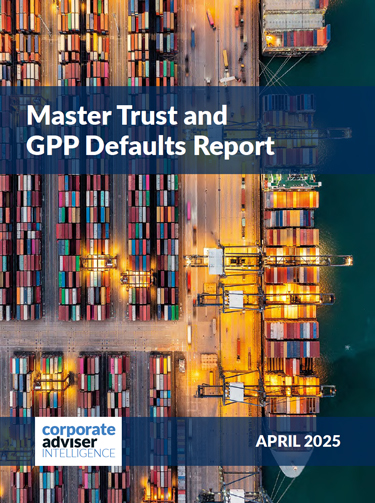Today’s ONS figures confirm that the state pension should rise by 8.5 per cent next year.
The ONS published provisional figures in September for the average earnings rise between May to July this year – one key element of the triple lock. These were finalised this month, confirming the figure of 8.5 per cent.
This is likely to be significantly higher than September inflation figure, which will published tomorrow, given the consumer price index fell to 6.7 per cent in August.
If the government sticks the the Conservative manifesto pledge to keeps the triple lock in place, this will push the new state pension up from £203.85 to £221.20. and the old basic state pension from £156.20 to £169.50.
This will give pensioners on the new pension an addition £902.20 a year. Other elements of the old state pension system, such as the ‘additional’ state pensions like Serps, will rise in line with the increase in CPI inflation, with the final figure due out tomorrow.
This increase comes on top of the 10.1 per cent rise in April 2023 when the pension rise reflected the high level of inflation the previous year.
There has been some speculation that the chancellor will use a lower figure, that essential strips out bonus payments from these average earnings figures. Any change to the triple lock terms for this year is likely to be announced in next month’s Autumn Statement.
LCP partner and former pensions minister Steve Webb says: “Today’s figures confirm that the Government’s manifesto commitment to the ‘triple lock’ on state pensions means that they should rise by 8.5 per cent in April 2024. Although this will cost the Treasury more than £8bn, it is worth remembering that the UK still has one of the lowest state pensions in the western world and there is some way to go before the value of the pension recovers from a thirty-year period when it was linked only to price inflation.
“This increase will simply keep the rise in the state pension in line with the pay increases that many in work have enjoyed”.





